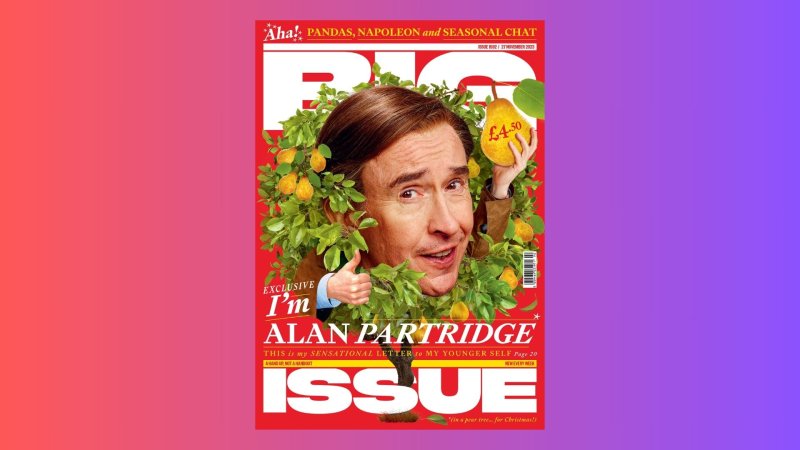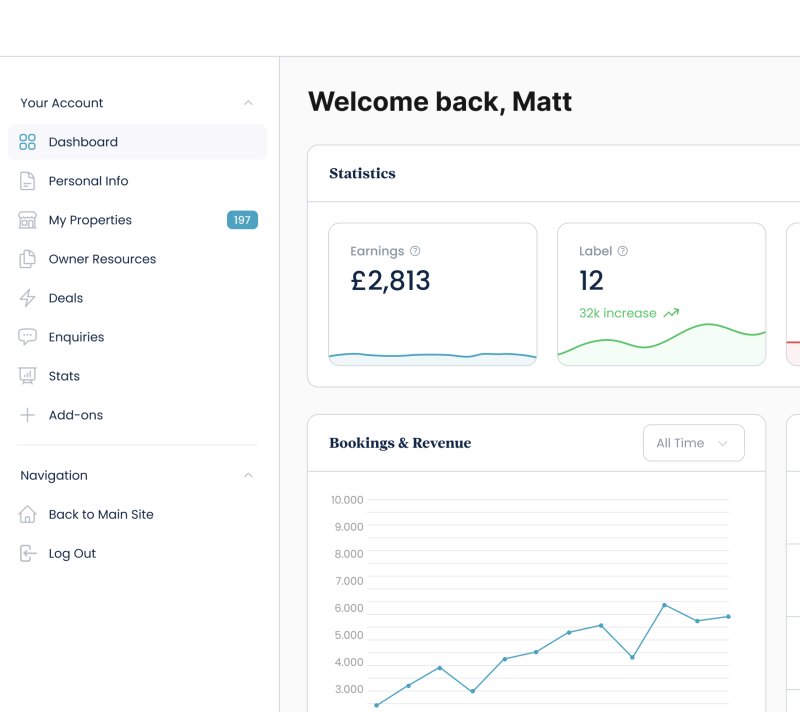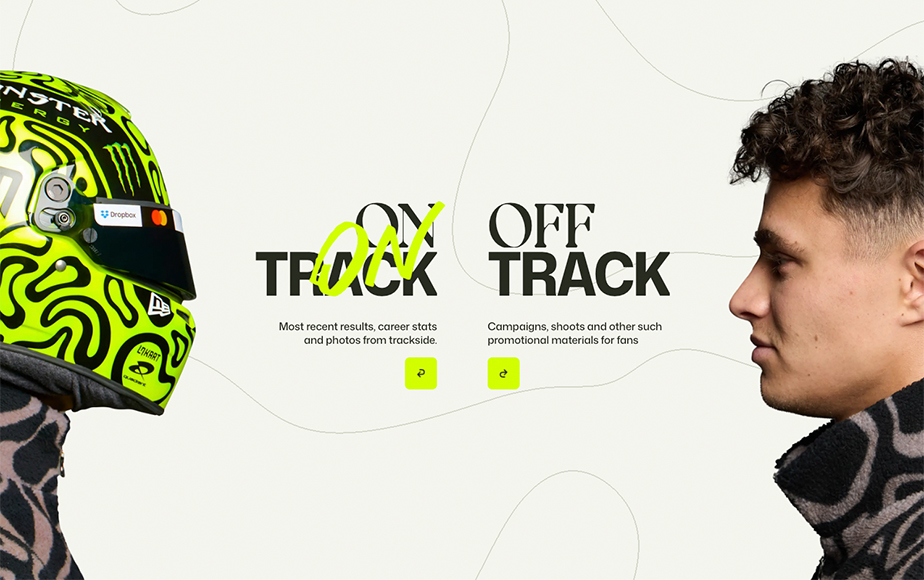Blogs /
The importance of both UI and UX for a website
UI (User Interface) and UX (User Experience) are two closely related but distinct concepts in the world of design, especially for digital products like websites, apps, and software. Often used interchangeably, they actually are two very different things but it's crucial to remember that UX and UI aren’t rivals; they’re partners.
What does it all mean?
User Interface (UI)
UI design focuses on the visual elements and aesthetics of a website i.e. the look and feel of what users interact with. It’s about designing layouts, typography, colour schemes, buttons, icons, and other graphical elements to ensure the interface is both functional, engaging and visually appealing.
User Experience (UX)
UX design focuses on the overall experience a user has when interacting with a website. It’s about understanding the user’s needs, behaviours, motivations, and pain points to create a solution that is easy to use, efficient, and enjoyable.
As a specialist WordPress agency, all our websites have UI and UX considerations as a key part of any website design and build we undertake. This can be a very undervalued aspect of a website project, but this shouldn’t be the case as UI and UX impact user engagement, conversion rates, brand perception, and even SEO rankings. So investing in UI/UX design can lead to a more effective and competitive website.
Why is UI and UX important?
We’ve noted some of the reasons why UI and UX design are both so important for your website:
- First Impressions: Your website is often the first point of contact between your business or content and your audience. A well-designed UI creates a positive first impression, making visitors more likely to engage with your site and trust your information.
- Branding: A cohesive and visually appealing UI design reinforces your brand identity. Consistency with logos, colour schemes, fonts, and imagery helps in brand recognition and credibility.
- Usability: UX design focuses on making your website easy to navigate and use. An intuitive interface with a clear navigational menu and consistent layout ensures that visitors can find the information they need quickly, leading to a more pleasant user experience.
- Increased Engagement: A well-designed UI can encourage visitors to stay longer on your site, explore more pages, and engage with your content or products. This will lead to higher conversion rates and engagement.
- Loading Speed: UX/UI design also impacts the loading speed of your website. A cluttered or poorly designed interface can significantly slow down the performance of your site, leading to higher bounce rates, reduced sales or enquiries, and lower search engine rankings.
- Responsiveness: A responsive design enhances the user experience but also provides several other benefits. This approach ensures that users can easily navigate, read, and interact with your website, regardless of the browser or device they’re using.
- Accessibility: Designing with accessibility in mind means your website accommodates people with disabilities, or different language and culture preferences, or those using assistive technology. This inclusivity not only broadens your audience but also reflects positively on your brand.
- Competitive Advantage: In a crowded online landscape, a well-designed website can give you a competitive edge. Your audience is generally more likely to choose and engage with a website that is visually appealing and intuitive to use.
- SEO Benefits: Google and other search engines consider user experience, content quality and page load speed when ranking websites. A good UX/UI design can indirectly improve your SEO by reducing bounce rates and increasing user engagement.
- Conversion Rate Optimisation (CRO): UX/UI design can be optimised for conversion. Elements like call-to-action buttons, forms, and checkout processes can be designed to encourage users to take desired actions, such as signing up for a newsletter or making a purchase.
How do we achieve the right result?
UI design is about how a website looks and how users interact with it visually, our UI process includes:
- Visual Design: Creating the overall look and feel using brand colours, fonts, and images to build a consistent style.
- Interaction Design: Designing interactive elements like buttons, sliders, menus, and forms to ensure users can engage with the website effectively.
- Consistency: Ensuring all elements and pages follow a unified style guide so users can quickly familiarise with how to navigate around the site.
- Tolerance: Handling user mistakes gracefully by making the interface flexible and forgiving of errors, while still allowing users to undo and redo actions.
UX design is about how a website works and how users feel when using it, our UX process involves:
- User Research: Studying target users to understand their needs, challenges, and behaviour patterns.
- Information Architecture: Structuring the content and features in a logical and accessible way.
- Prototyping: Creating mockups or wireframes to test ideas before full development.
- Usability Testing: Gathering feedback from users to improve the site’s functionality and flow.
How UI and UX work together.
UI without UX provides a visually stunning application that is difficult to navigate or understand. Frustrating to users despite its beauty.
UX without UI means a beautifully functioning website where everything works smoothly, but presented in a plain, non-visual format. Very useful but lacking appeal.
Together, UI and UX ensure that a website is both aesthetically pleasing and functional, providing users with a seamless and engaging experience. Both play a critical role in the success of a WordPress website.













